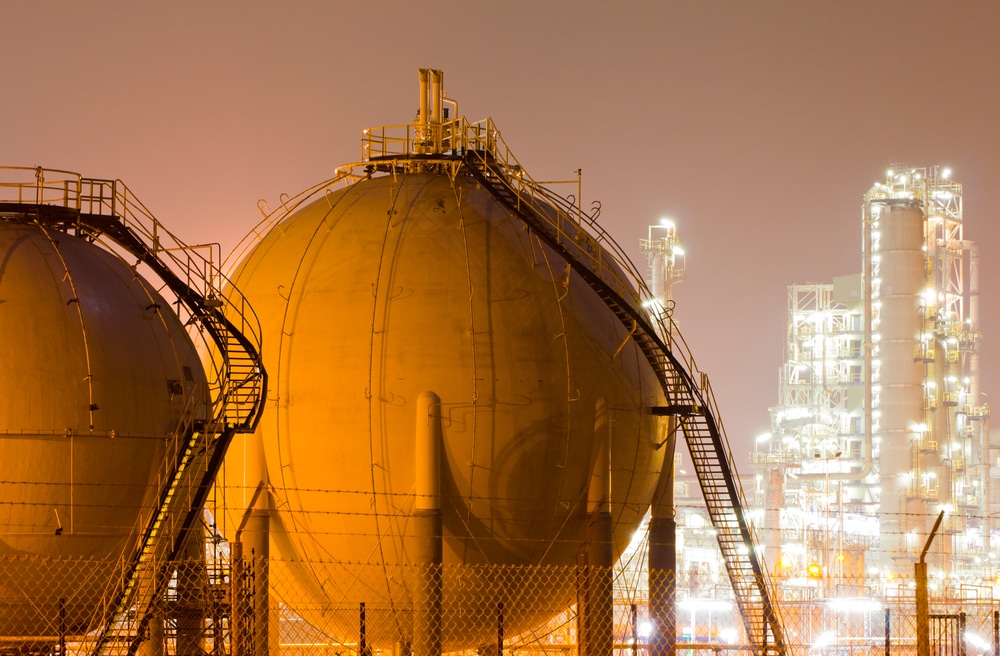Bunker Roundup|Part III: LNG: A cleaner way forward
A recent joint research by Shell and Deloitte “Decarbonizing Shipping: All Hands on Deck”[1] has recognised LNG as having “a role to play as a transition fuel in the next decade” and possibly “the only alternative” that will assist the industry meeting the 2030 IMO target.
With LNG bunkering infrastructure increasing globally, it is expected that the next wave of low-emission vessels will most likely be LNG-powered. It has been reported that 58,522 m3 of LNG were sold as marine fuel at Port of Rotterdam in the second quarter of 2020, hitting the record high despite the Covid-19 pandemic pressuring demand. This represents a 66% increase from the sales of 35,190 m3 of the first quarter of 2020[2].
However, there are also concerns around the risk of methane emissions, which is a potent greenhouse gas and the predominant component of LNG. Methane is not yet regulated by the IMO. If it is leaked into the atmosphere without being burned, methane can have a global warming potential approximately 30 times larger than that of carbon dioxide[3].
We will continue to monitor developments in the bunker world and bring those to you.
[1] https://www.shell.com/energy-and-innovation/the-energy-future/decarbonising-shipping/_jcr_content/par/toptasks.stream/1594141914406/b4878c899602611f78d36655ebff06307e49d0f8/decarbonising-shipping-report.pdf
[2] https://shipandbunker.com/news/emea/670669-rotterdam-crushes-lng-bunker-sales-records
[3]http://www.imo.org/en/OurWork/Environment/PollutionPrevention/AirPollution/Documents/LNG%20Study.pdf








